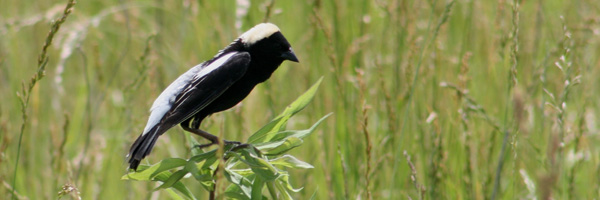
ECOLOGY & CONSERVATION BIOLOGY
IN THE MILLER LAB

ECOLOGY & CONSERVATION BIOLOGY
IN THE MILLER LAB
Contact: Jim Miller
More than half of the world’s people live in metropolitan areas and this number will only increase in the future. Because more and more people will have most of their direct contact with nature in urban settings, the biodiversity that remains there will assume ever greater importance. In fact, in many ways the prospects for biodiversity in more remote areas will depend on the values and attitudes of city-dwellers. Native species and the habitats or ecosystems that support them provide an array of services that people value and need. Recognizing that biodiversity is threatened by urbanization and yet also contributes to the quality of life in cities, it is important that we place greater emphasis on designing the places where we live and work in ways that accommodate the needs of other species and highlights the interdependence between people and the natural world. Achieving these objectives will require careful consideration of the broader patterns and flows that provide context for a given site, as well as detailed attention to site ecology. The Miller Lab has been involved in a variety of projects aimed at enhancing the level of scientific understanding necessary to design cities that are more accommodating to native species. We have also been engaged in efforts to find better ways to deliver research findings to designers, land managers, and planners.
Publications:
Related Projects: